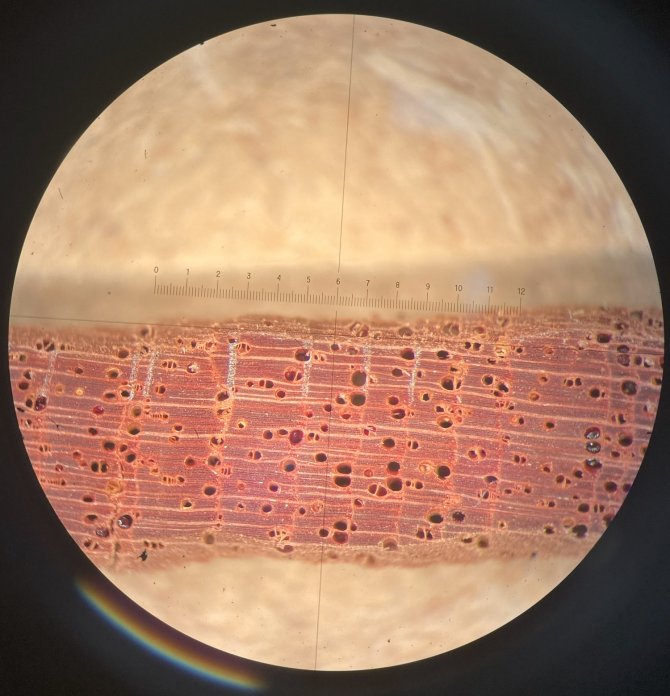The concentration of CO₂ in the atmosphere is rising rapidly, with numerous negative consequences for the climate. However, there is also a positive effect, as scientists from WUR have discovered: for the past century, the extra CO₂ has led to more efficient photosynthesis in tropical trees. This is good news, as more efficient tropical forests can absorb more CO₂, helping to slow down climate change. This finding comes from a new research method that allows scientists to analyze the effects of CO₂ up to 100 years into the past.
For the study, scientists collected wood samples from red cedar trees in Australia, Thailand, and Bangladesh using a hollow drill. This drill extracts a cylindrical piece of wood from the tree, revealing its tree rings. "From such a sample, you can not only tell how much the tree has grown, but it also acts as a kind of time capsule, showing how the tree functioned in a particular year," explains Sophie Zwartsenberg, lead author of the study. "That information is encoded in the chemical composition of the wood, which we analyzed in detail."

Carbon, oxygen, and sugar
Using chemical analyses of tree rings, the researchers were able to determine how efficiently trees have produced sugars through photosynthesis over the past century. Sugars are the primary energy source for trees and plants in general. Without sugars, a tree cannot grow or survive.
Photosynthesis depends on the amount of CO₂ in the air. When CO₂ levels are low, the enzyme responsible for capturing CO₂ makes mistakes more often and accidentally binds to oxygen (O₂) instead. "You can compare it to a bag of marbles," says PhD candidate Sophie Zwartsenberg. "If there are many CO₂ balls mixed in with the oxygen, the enzyme is more likely to pick CO₂. But if it fails and grabs oxygen instead, the tree wastes energy without producing any sugar. This process is called photorespiration and is different from photosynthesis." An increase in photosynthesis is beneficial for trees, as the extra sugars can be used for maintenance and growth. It is also beneficial for humans, as trees with higher photosynthesis rates remove more CO₂ from the air.
A wood chip in a giant magnet
The chemical analyses conducted by the team were developed at a Swedish university. There, it was demonstrated that sugar molecules formed via photosynthesis (after binding with CO₂) have a slightly different structure than sugars formed after photorespiration (binding with O₂). This is measured using a massive device that analyzes wood chips with magnetic fields. Zwartsenberg: "It's like a giant MRI machine."
A century of increasing efficiency
By measuring the shape of sugar molecules in tree rings using magnetic fields, the researchers showed a clear increase in the efficiency of photosynthesis. The team also found that smaller trees are more efficient than larger ones.
"This is the first time we have been able to demonstrate the effect of extra CO₂ in mature trees that have grown under natural conditions," says Wageningen professor and co-author Pieter Zuidema. "Positive CO₂ effects on photosynthesis have long been known from greenhouse studies on small plants. The fact that the balance between photosynthesis and photorespiration has shifted toward photosynthesis means that tropical forests have been producing more sugars for a century. The question remains, however, where the trees have invested those extra sugars. Other research suggests that, in most cases, they do not form wider tree rings. This would be a next step."






